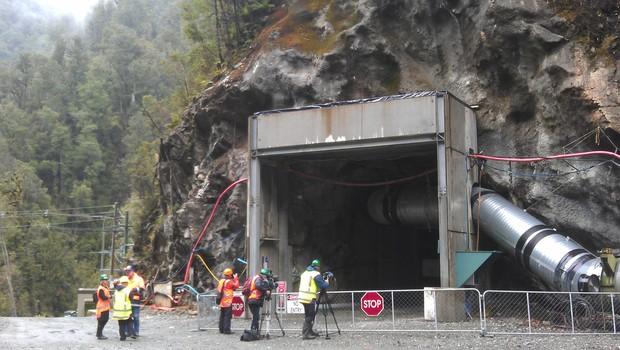Seven years after the Pike River disaster and after significant changes to legislation and regulations surrounding health and safety in the workplace, nothing has changed according to the Maintenance Engineering Society of New Zealand at their annual National Maintenance Engineering Conference in Hamilton.
Fronting a groundswell of opinion from industry, society Chair Barry Robinson stated “Prior to Pike River the Maintenance Engineering Society was a lone voice saying that workers were no safer. Pike River provided the opportunity to make major change which has indeed happened but our recent survey and field work confirms that key players have failed to grasp the need to do some essential things differently if we are effect change. Our recent interaction with industry is alarming and disappointing.”
Mr Robinson pointed to health and safety professionals and management who continue to promote a downwardly driven rules based approach to safety (clerical safety) rather than an upwardly driven people based (actual safety) approach. “Health and safety in New Zealand has a major PR problem. You only have to ask a worker to get validation on that point. The opportunity existed to take a fresh approach to managing health and safety, taking heed of the learnings and challenges of other countries. WorkSafe considered this too difficult and is instead focused on supply chain pressure, incongruous with our local content of 80% small to medium enterprises. Health and safety professional groups are more interested in who is “in” and who is “out” than improving the quality and direction of positive health and safety culture. We have yet to see a single piece of value from this sector after 3 years.”
As a follow up to their 2010 paper, “The Emperor is Wearing Fluro Clothes” in which it was stated that New Zealand’s statistics had worsened by 41%, the society surveyed 5000 New Zealand businesses. While 91% of respondents now have a health and safety system, the issues with staff attitude, culture and managing systems long term remain unchanged.
Maintenance Engineering Society health and safety spokesman Craig Carlyle points out that pivotal changes have been made that underscored the need for a step change, with new legislation, inspectorate, regulations and guidelines. Carlyle is supportive of WorkSafe who are unrecognisable compared with the former Crown Agency and the society is committed to continuing working alongside them. But he adds, “Worksafe are in danger of falling into the same trap as the health and safety professionals. Our survey and ongoing field work clearly shows there is no improvement momentum and illogical and imposed safety controls remain at the forefront. Worse still, small businesses blindly follow the big players, buying into their spin and spreading the illogical management. The answers are very simple and the PR message can be improved but it requires a level of humility that clashes with the ethos of protecting your patch. Health and safety should be a positive continuous learning component of any organisation. There are positive stories out there with organisations empowering staff by providing safety rather than requiring safety, but the mainstream remains occupied by corporate platitudes and health and safety fashion. While health is undeniably scientific, safety is about logic and man management and certainly does not require 3 letters after your name to manage effectively”.
Aside from the professionals, Carlyle pointed to the blossoming health and safety services and supply industries and capital investment in safety related assets. “These sectors continue to feed the smoke and mirrors for their own gain. While the safety theatre looks impressive, without a significant improvement in our statistics it must be judged as a colossal waste of resource. Companies are spending significant money on health and safety controls where no real risk lies.”
In their presentation to engineering delegates from around New Zealand, the society offered alternatives to staff faced with safety rules that were not in fact keeping them safe, including using the directors due diligence requirements of the new Act to inform the business owners that the workers are NOT being adequately protected by the problematic management and professionals. They reasoned that downwardly-driven enforcement of illogical and unnecessary rules and actions could be challenged as breaching the requirements of the legislation. The key message is that workers must have major input into, and ownership of, decisions surrounding their own well-being.



